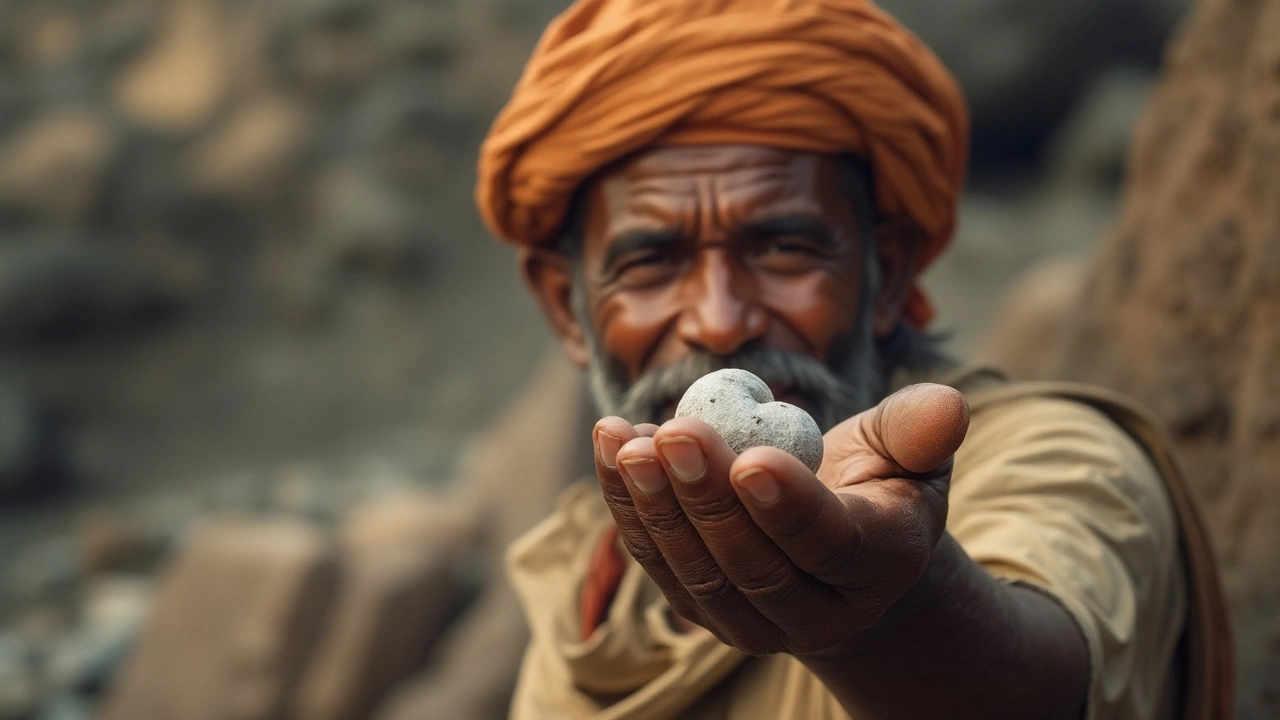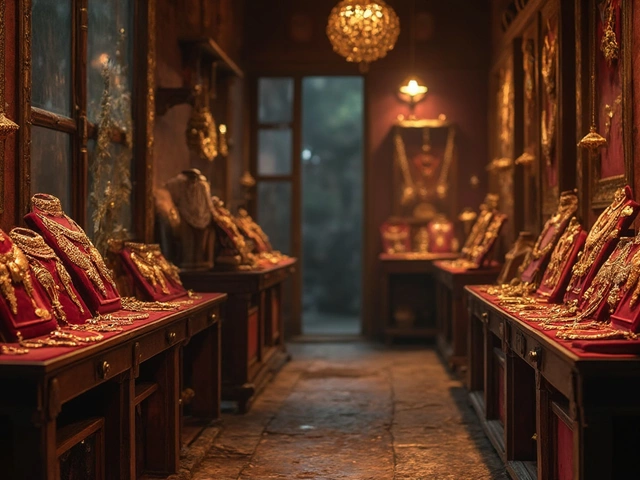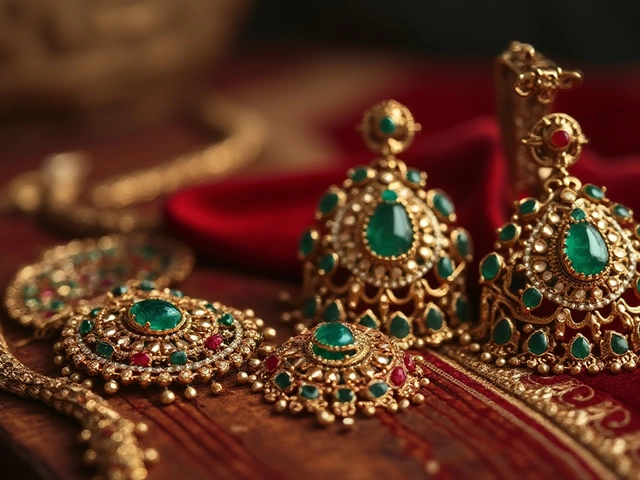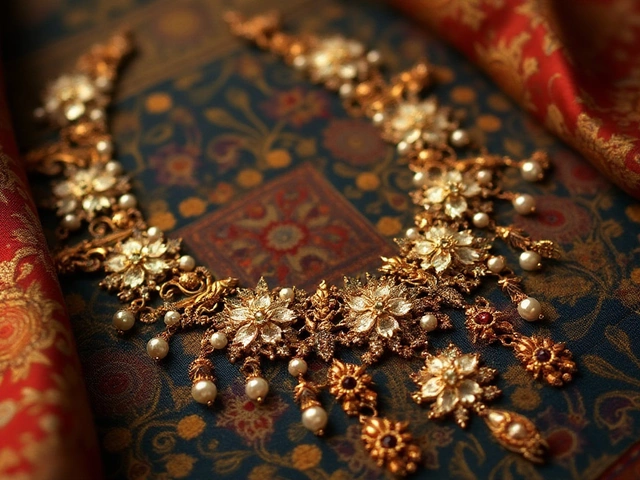Miner’s Diamond: What It Is, Why It Matters, and How to Buy It
If you’ve ever walked past a jewelry shop and noticed a rough, uncut stone, you’ve probably seen a miner’s diamond. Unlike the sparkling gems you see on a ring, a miner’s diamond is still in its natural, raw form. It’s what miners pull out of the earth before it gets cut, polished, and set. Understanding this difference can save you money and help you decide if a raw stone fits your style.
How Miner’s Diamonds Are Formed
All diamonds start deep underground, where pressure and heat turn carbon into crystal. Over millions of years, volcanic eruptions bring these crystals closer to the surface. Miners extract them from kimberlite or lamproite pipes, and the stones that come out are usually covered in a rough, grayish coating called a crust. This crust hides the true color and clarity, which only become visible after the stone is cleaned and examined.
Because the stone hasn’t been cut, a miner’s diamond often shows natural features like irregular edges, tiny inclusions, and a matte surface. These features give the stone its unique character but also make it harder to assess value at a glance. That’s why a quick visual check isn’t enough—you’ll need a jeweler or gemologist to weigh the stone, check its carat weight, and evaluate its internal flaws.
Buying and Caring for Miner’s Diamonds
When you decide to buy a raw diamond, start by setting a budget. Raw stones can range from a few hundred rupees per carat to thousands, depending on size, color, and clarity. Ask the seller for a certification or at least a detailed report that includes the stone’s weight, size, and any visible inclusions.
Don’t be afraid to ask for a magnified view. A jeweler’s loupe (10x) is standard, and it will help you spot cracks or dark spots that could affect the stone’s durability. Remember, a raw diamond is harder than most other gemstones, but it’s still vulnerable to chipping if you drop it on a hard surface.
Cleaning a miner’s diamond is simple. Use warm, soapy water and a soft brush to remove surface grime. Avoid harsh chemicals, especially if the stone still has its natural crust. If you plan to keep the stone in its raw form, store it separately from other jewelry to prevent scratches.
Finally, think about how you’ll use the stone. Some people set raw diamonds in modern, minimalist rings where the natural shape is the centerpiece. Others keep the stone as a collector’s item or a lucky charm. Whatever your choice, make sure the setting protects the stone’s points and edges.
In short, a miner’s diamond offers a glimpse into the earth’s hidden treasures. It’s less polished but often more affordable than a cut gem. By checking weight, clarity, and getting a reliable report, you can buy with confidence. And with a little care, your raw diamond can stay stunning for years to come.
Unveiling the Miner's Diamond: Antique Jewelry Designs to Cherish
A miner's diamond, often referred to as 'rough diamonds' or unpolished gems, are the purest form of one of the world's most precious stones. This article delves into the allure and historical significance of miner's diamonds in antique jewelry designs. It highlights their unique features, unrefined beauty, and why they're adored by collectors and jewelers alike. Readers will discover tips on how to identify these pieces and the cultural narratives they carry through generations. By understanding the nature of miner's diamonds, one gains an appreciation for the artistry and legacy these gems represent.





